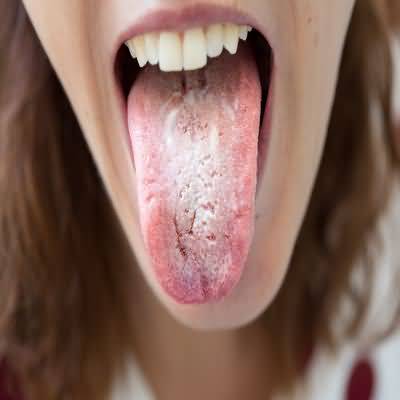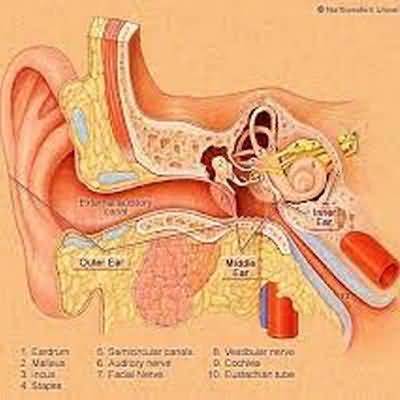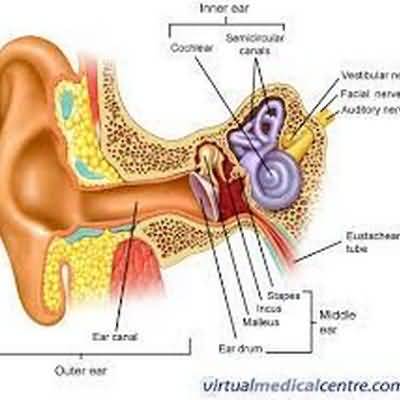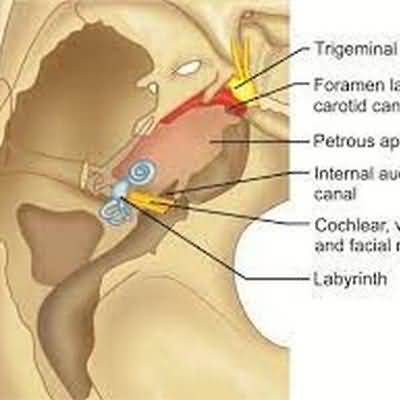conjunctivitis
conjunctivitis
Conjunctivitis is the most common eye disease. It may be acute or chronic. Most cases are due to viral or bacterial(including gonococcal and chlamydial) infection.
Other causes include keratoconjunctivitis sicca, allergy, chemical irritants, and deliberate self-harm. The mode of transmission of infectious conjunctivitis is usually direct contact via fingers, towels, handkerchiefs, etc, to the fellow eye or to other persons.
It may be through contaminated eye drops. Conjunctivitis must be differentiated from acute uveitis, acute glaucoma, and corneal disorders .
Viral Conjunctivitis
Adenovirus is the most common cause of viral conjunctivitis. There is usually bilateral disease with copious watery discharge, often with marked foreign body sensation, and a follicular conjunctivitis. Infection spreads easily, sometimes in eye clinics and contaminated swimming pools.Epidemic keratoconjunctivitis
, which may result in visual loss due to corneal subepithelial infiltrates, is usually caused by adenovirus types 8, 19, and 37. The disease lasts at least 2 weeks. Infection with adenovirus types 3, 4, 7, and 11 is typically associated with pharyngitis, fever, malaise, and preauricular adenopathy (pharyngoconjunctival fever). The disease usually lasts 10 days. Viral conjunctivitis may also be due to herpes simplex virus (HSV), when it is usually unilateral and may be associated with lid vesicles, and enterovirus 70 or coxsackievirus A24 that characteristically cause acute hemorrhagic conjunctivitis . Except for HSV infection for which treatment with topical (eg, ganciclovir 0.15% gel) and/or systemic (eg, oral acyclovir) antivirals is recommended , there is no specific treatment. Cold compresses reduce discomfort and topical sulfonamides (or oral antibiotics) can be pre- scribed to prevent secondary bacterial infection. The value of weak topical corticosteroids or topical cyclosporine for corneal infiltrates due to adenoviral infection is uncertain.Bacterial Conjunctivitis
The organisms isolated most commonly in bacterial conjunctivitis are staphylococci, including methicillin-resistant S aureus (MRSA); streptococci, particularly S pneumoniae; Haemophilus species; Pseudomonas; and Moraxella. All may produce a copious purulent discharge. There is no blurring of vision and only mild discomfort. In severe (hyperpurulent) cases, examination of stained conjunctival scrapings and cultures is recommended, particularly to identify gonococcal infection that requires emergent treatment.The disease is usually self-limited, lasting about 10–14 days if untreated. A topical antibiotic will usually clear the infection in 2–3 days. Except in special circumstances, the use of topical fluoroquinolones is rarely justified for treatment of a generally self-limiting, benign infection.
Gonococcal Conjunctivitis
Gonococcal conjunctivitis, usually acquired through contact with infected genital secretions, typically causes copious purulent discharge. It is an ophthalmologic emergency because corneal involvement may rapidly lead to perforation. The diagnosis should be confirmed by stained smear and culture of the discharge. Systemic treatment is required. A single 1-g dose of intramuscular ceftriaxone is usually adequate. (Fluoroquinolone resistance is common.) Topical antibiotics such as erythromycin and bacitracin may be added. Other sexually transmitted diseases, including chlamydiosis, syphilis, and HIV infection, should be considered. Routine treatment for chlamydial infection is recommended.Chlamydial Keratoconjunctivitis
is the most common infectious cause of blindness worldwide, with approximately 40 million people affected and 1.2 million blind. Recurrent episodes of infection in childhood manifest as bilateral follicular conjunctivitis, epithelial keratitis, and corneal vascularization (pannus). Scarring (cicatrization) of the tarsal conjunctiva leads to entropion and trichiasis in adulthood with secondary central corneal scarring. Immunologic tests or polymerase chain reaction on conjunctival samples will confirm the diagnosis but treatment should be started on the basis of clinical findings. A single 1-g dose of oral azithromycin is the preferred drug for mass treatment campaigns, but improvements in hygiene and living conditions probably have contributed more to the marked reduction in the prevalence of trachoma during the past 25 years.
Local treatment is not necessary.
Surgical treatment includes correction of lid deformities and corneal transplantation.
The eye becomes infected after contact with infected genital secretions.
The disease starts with acute redness, discharge, and irritation. The eye findings consist of follicular conjunctivitis with mild keratitis.
A nontender preauricular lymph node can often be palpated. Healing usually leaves no sequelae. Diagnosis can be rapidly confirmed by immunologic tests or polymerase chain reaction on conjunctival samples.
Treatment
is with a single dose of azithromycin, 1 g orally. All cases should be assessed for genital tract infection and other sexually trans- mitted diseases.

















